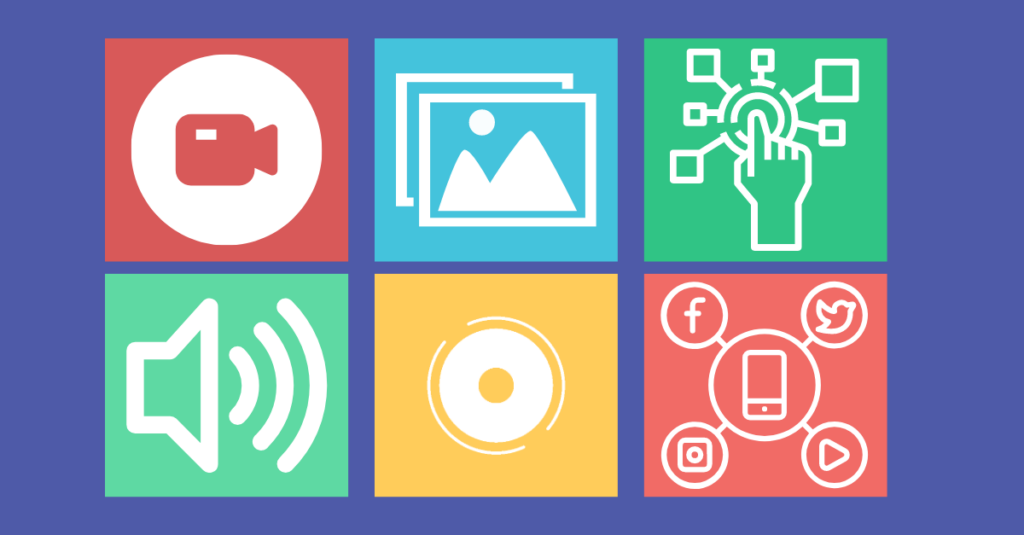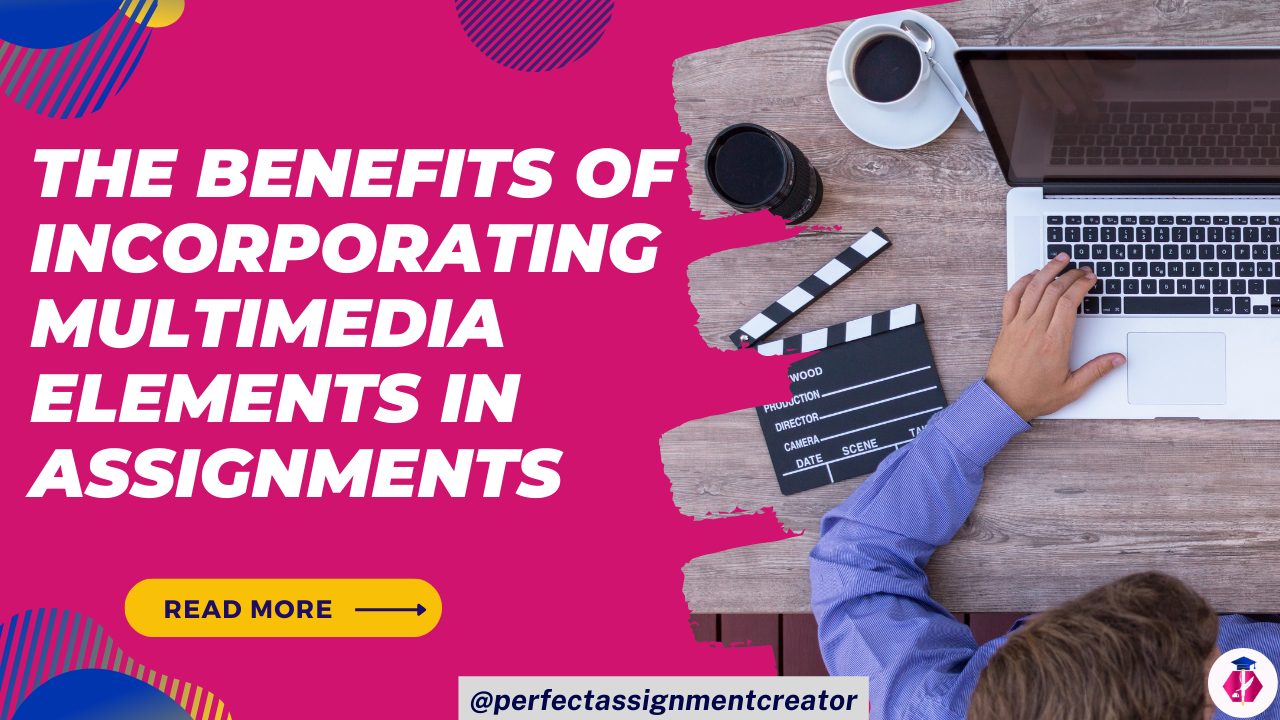The Benefits of Incorporating Multimedia Elements in Assignments
With multimedia components in teaching and learning in today’s digital age, education has radically transitioned. Assignments are no longer restricted to written essays or presentations. Nowadays, instructors and students recognise the enormous benefits of including multimedia components in assignments.

Enhanced Student Engagement
The huge rise in student participation is one of the key benefits of incorporating multimedia in assignments. Students’ attention is captured by multimedia features, making the learning process more engaging and participatory. When students are interested, they are more likely to devote time and effort to properly comprehending the subject matter. Unlike traditional text-based assignments, multimedia provides dynamic, visually attractive information that may accommodate different learning styles, ensuring that all students feel included and driven to engage actively.
Encourages Critical Thinking and Creativity
Students can use multimedia components to express their creativity and develop critical thinking skills. Students are urged to go outside the box to deliver information efficiently and compellingly when developing multimedia assignments. This approach fosters problem-solving ability and creative thinking, both critical for academic and professional success.
Encourages Collaborative Learning
Multimedia assignments may promote a collaborative learning environment by allowing students to collaborate in groups to create appealing projects. Collaborative assignments promote student collaboration, communication, and the exchange of ideas. Furthermore, collaborative efforts frequently result in a more thorough and well-rounded comprehension of the subject, as students benefit from one another’s various views and ideas.
Development of Real-World Skills
Incorporating multimedia components into assignments is a wonderful method to provide students with extremely relevant skills in today’s digital environment. As technology changes many businesses, knowledge of multimedia tools and platforms has become a desirable advantage. Working on multimedia projects allows students to gain skills in graphic design, video editing, content development, and other areas that will help them in their academic and career endeavours.
Inclusivity and accessibility
Multimedia aspects in education may considerably increase accessibility and diversity. Text-based tasks might be difficult for students with learning impairments or not native speakers. Multimedia features, such as audio or video material, offer different methods of accessing information, responding to various learning requirements. Visual aids can also help students who are visual learners, ensuring that no student falls behind in the learning process.
Global Awareness and Cultural Awareness
Multimedia projects may provide a broader perspective and increase global knowledge and cultural understanding. Through movies, photographs, and interactive content, students may learn about diverse cultures, traditions, and social concerns worldwide. This exposure fosters empathy and a more well-rounded worldview in pupils, encouraging open-mindedness and tolerance.
Instant Feedback and Assessment
Multimedia assignments frequently have built-in assessment elements that offer students immediate feedback. Students’ learning may be assessed in real-time through interactive quizzes or simulations, allowing them to identify areas needing more study and development. This prompt feedback loop supports a more efficient learning process and gives students control over their learning path.
Incorporating multimedia features into assignments provides several advantages to both students and educators. Multimedia assignments can revolutionise the learning experience by improving knowledge and retention and encouraging creativity and critical thinking. Educators can build a more engaging and inclusive educational environment that prepares students for future difficulties by harnessing technology and embracing interactive, aesthetically attractive information. Integrating multimedia components in assignments will surely be critical in developing well-rounded, talented, and empowered learners as we progress in the digital era.




